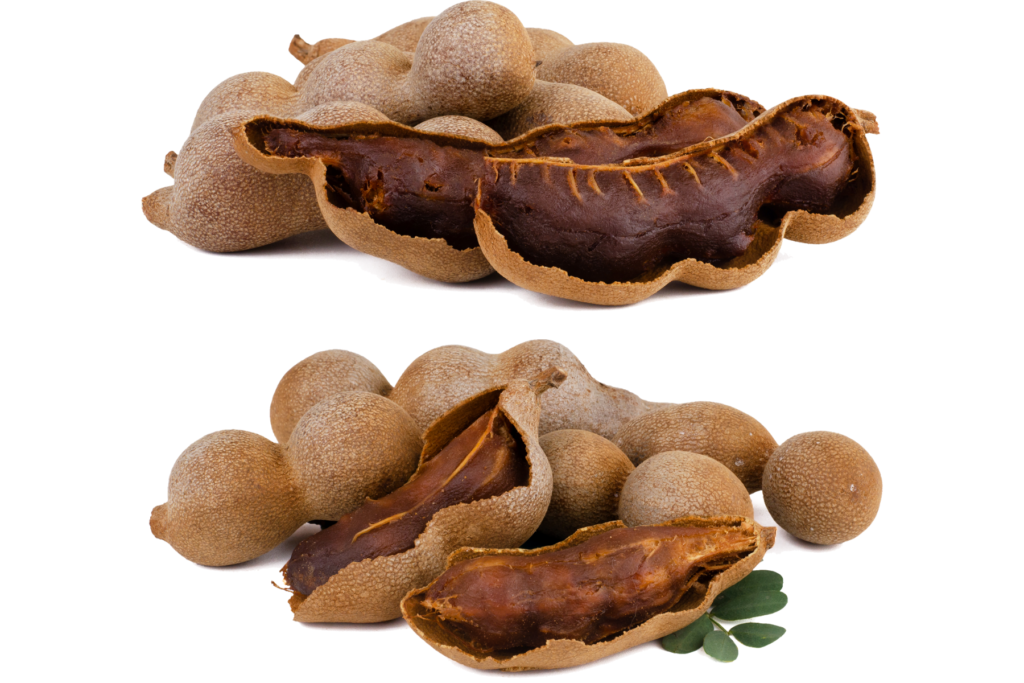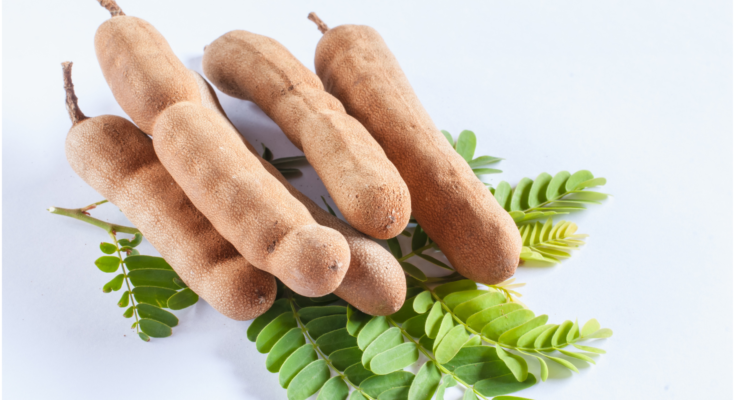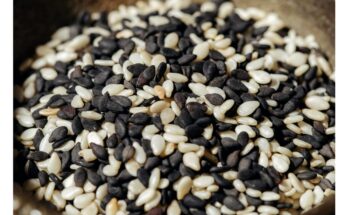The tamarind tree (Tamarindus indica) produces a fruit widely valued as a condiment and souring agent, playing a key role in various culinary dishes.
The tamarind fruit is a legume, typically 8–20 cm long and 2–3 cm wide. When young, the fruit has a green epicarp covered by a brown exterior. As it matures, the outer layer hardens and becomes brittle, while the pulp inside darkens to a maroon hue, developing a distinctive sweet-and-sour flavor and aroma. The pulp is fibrous, enveloping shiny, dark brown seeds. Once ripe, the fruit is harvested, and the pulp is separated from the shell, fibers, and seeds. The composition of tamarind pulp includes 9.8% tartaric acid, 6.8% combined acid, 38.2% invert sugars, and 2.8% pectin.
Beyond its culinary applications, various parts of the tamarind tree, such as the pulp, seeds, leaves, and bark, have notable medicinal properties. The fruit pulp is known for its digestive, laxative, antiflatulent, cooling, and antiseptic effects. The seeds, on the other hand, have an astringent quality.
Tamarind pulp is particularly effective in addressing digestive issues like bilious vomiting, flatulence, and indigestion. Its laxative properties also make it helpful in relieving constipation. Soaking tamarind pulp in water to make an infusion can stimulate appetite and improve food aversion. For gastric discomfort, a mixture of tamarind and jaggery is a traditional remedy. Additionally, chewing tamarind with a pinch of salt and pepper can alleviate symptoms of morning sickness, indigestion, and heartburn.
Rich in vitamin C, tamarind pulp is a valuable remedy for preventing and treating scurvy. Importantly, it retains its antiscorbutic properties even when dried, unlike many other fruits and vegetables.
Tamarind water is commonly used as a gargle to relieve sore throat, while powdered dry leaves or an infusion of bark can also serve as effective gargling solutions.

Culinary uses of tamarind are widespread, particularly in southern India, where it is a key ingredient in dishes like sambhar, rasam, curries, and chutneys. The tree also has significant applications in traditional medicine across Africa and Asia. Additionally, tamarind seeds are utilized in the production of jams and jellies.




